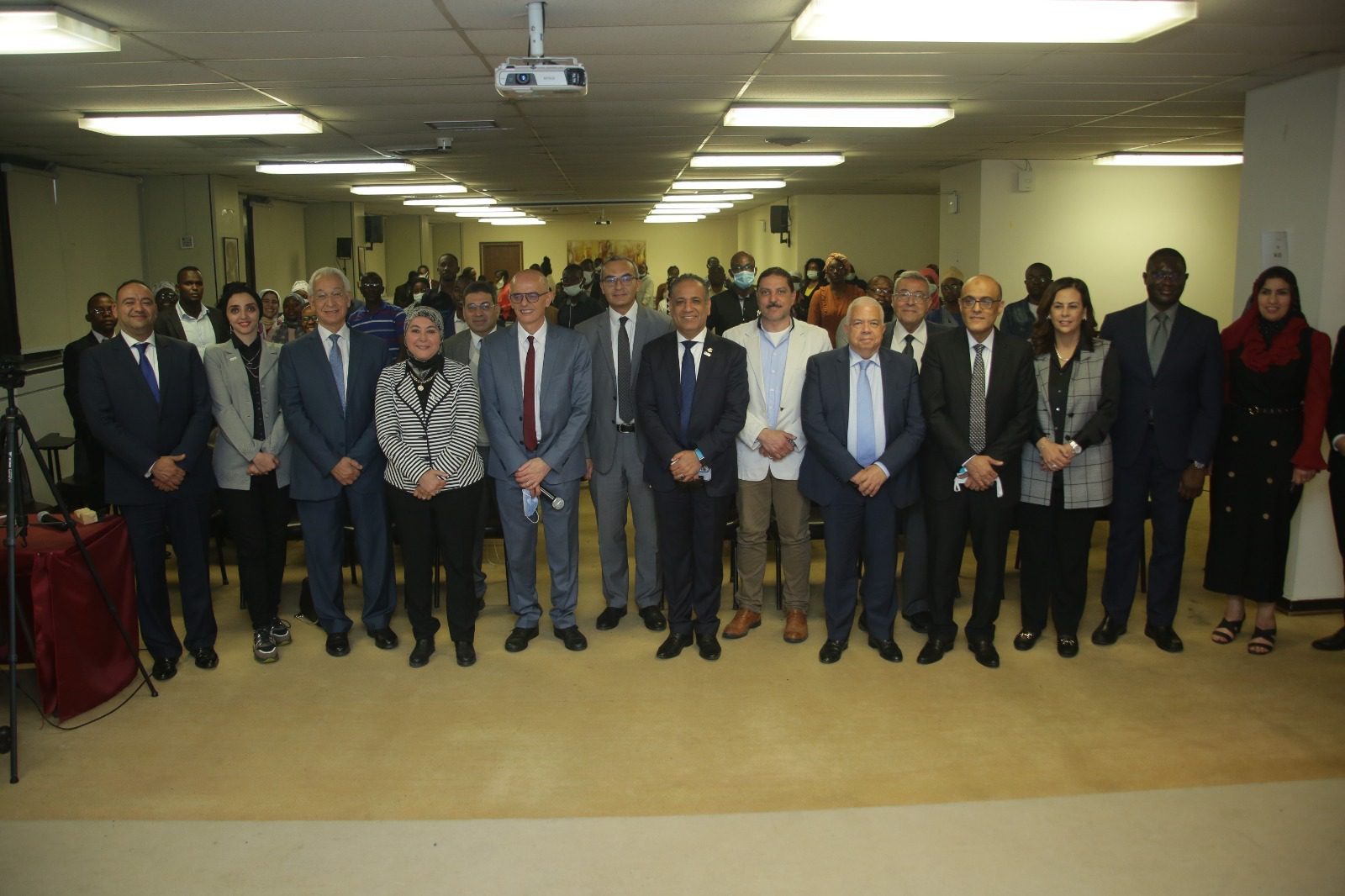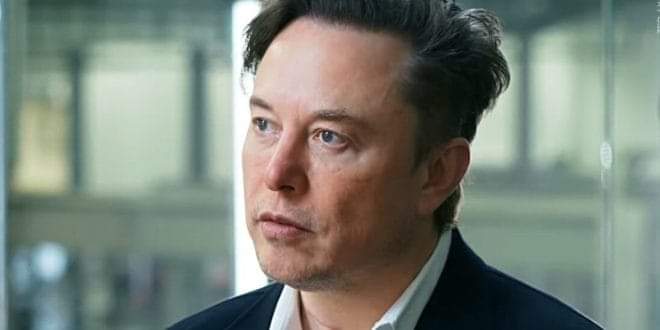2 دقائق
Many young people are growing up in regions of the world where the impacts of climate change will be the hardest. An increasing number are showing climate adaptation efforts in their communities by developing creative solutions to adapt to climate change consequences. 15-year-old Egyptian student Nadine Abdelaziz, co-founder of Treasury Water, an award-winning app that reduces water use in homes by monitoring and estimating water consumption and educating users on how to use water wisely is a great example . 18-year-old Benedictha Pam from Nigeria who helped create ClimaAx, a mobile game that help engage users in carbon-reducing activities is another example. Nadine and Benedictha are two of the many young people around the world who have used science and technology to address climate change
Youth are moving from being observers to being participants. They have the most significant role in the future and are essential to bringing solutions and positive differences. The involvement of youth in technology development and deployment is necessary. Their effort to solve climate change issues with creative visions and innovative technologies contributes to achieving the Sustainable Development Goals
The young generation inhabits the earth and inherits the responsibility to protect the planet from climate change using science. Youth education represents one of the most effective tools to combat the catastrophic effects of climate change and grow an international understanding among members of the next generation, a long-term process that will impact an infinite number of future generations
We should focus more on science and youth. Science engages young people in exploring and explaining their world. Carl Sagan once said, “Somewhere, something incredible is waiting to be known,”. There are young individuals who are willing to uncover those incredible things. Working through questions to discover answers develops a curiosity for lifelong learning. It’s not about being right or wrong, it’s about the search for th“why” an “
Discoveries and alternative ways of approaching existing challenges are important in making our world a better place. All of us are creative and innovative beings – we must be brave to unleash our creative capabilities to come up with creative ideas and solutions. We should motivate and enable young innovators to come up with technology solutions that can be developed and scaled up by providing access to finance and addressing existing knowledge gaps
Strategic partnerships and innovative ideas from young people are essential in achieving the 2030 Agenda for Sustainable Development and the Sustainable Development Goals (SDGs) adopted by the United Nations in 2015 with the aim to end poverty and hunger, reduce inequality and tackle climate change





